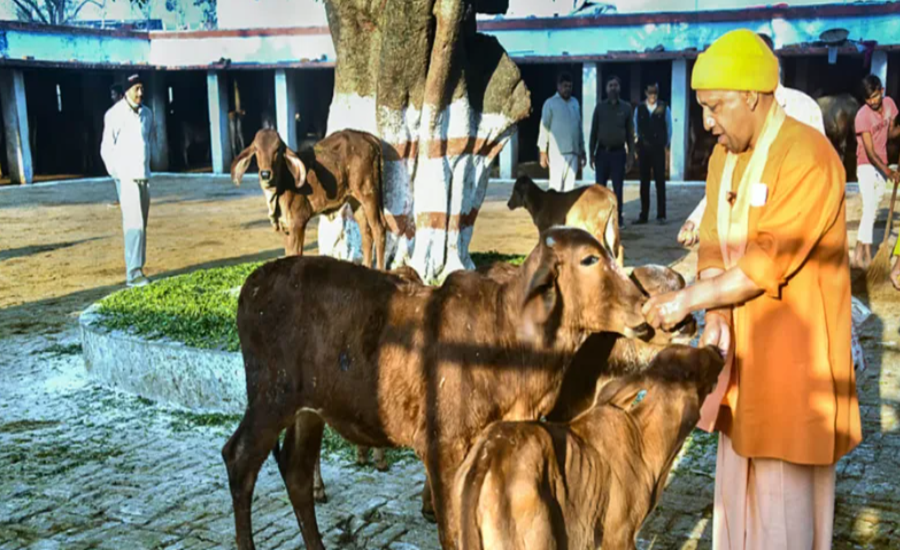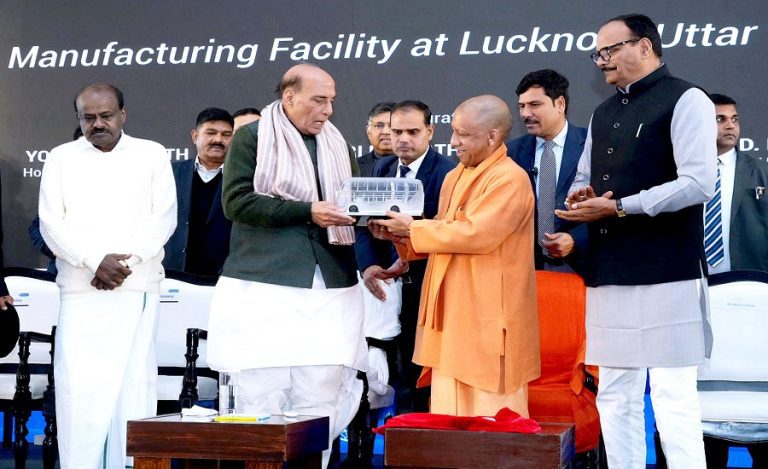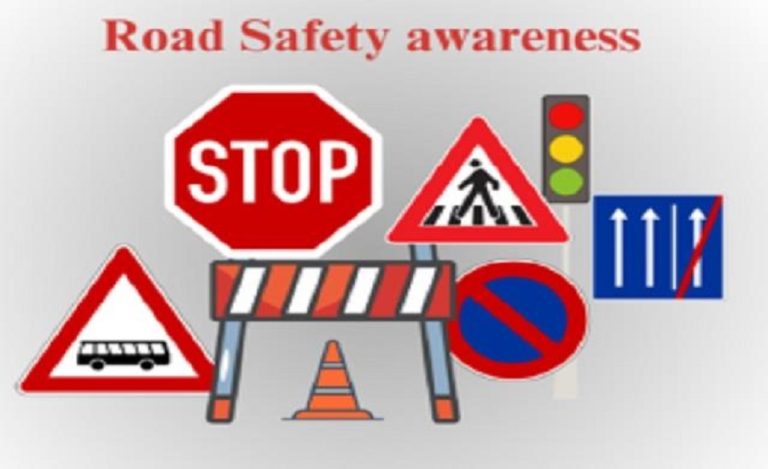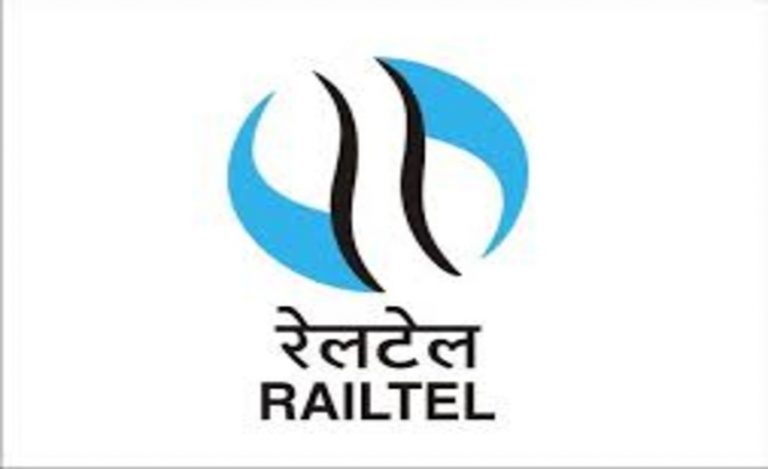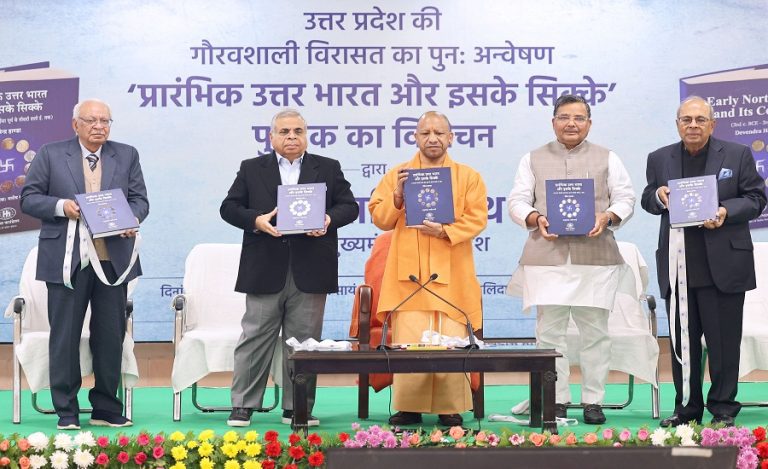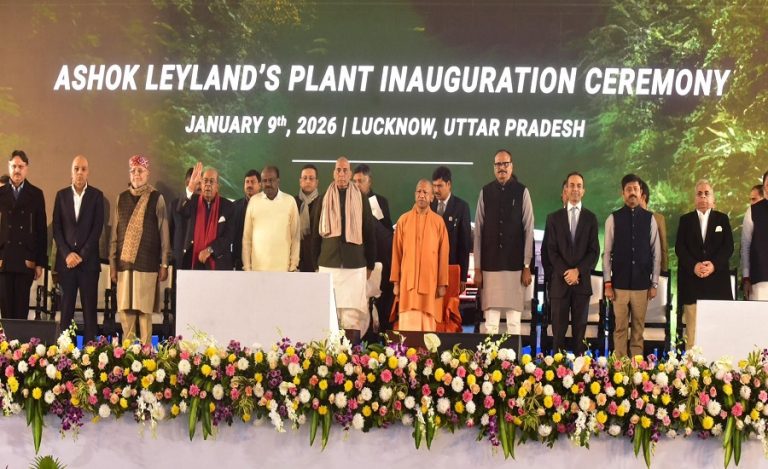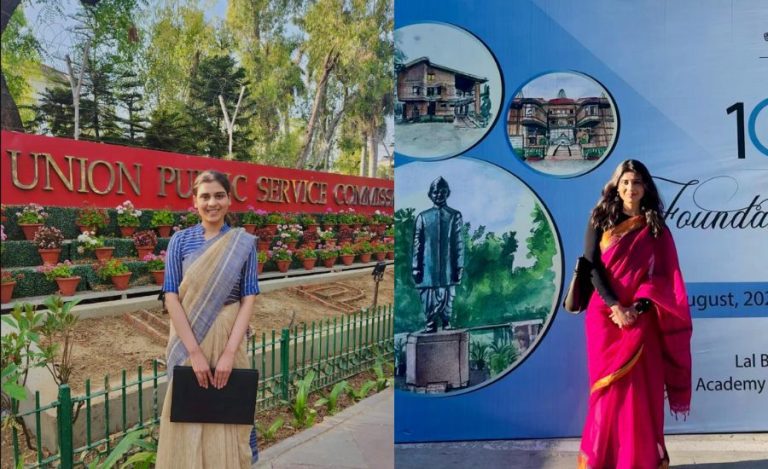In a major step towards strengthening the rural economy and reviving traditional knowledge systems, the Yogi Adityanath-led Uttar Pradesh government has launched an ambitious initiative to promote Panchgavya medicine, cow-based paint (Go-Paint), and organic fertilizer units across all 75 districts.
Gaushalas to Become Self-Reliant Innovation Hubs
As part of the plan, one gaushala (cow shelter) per district will be transformed into a model self-reliant unit, not just for cow protection but as a center for producing eco-friendly and Panchgavya-based products such as herbal medicines, organic fertilizers, cow-dung bricks, and more.
These model gaushalas will act as demonstration and training hubs, showing how cow-based practices can contribute to economic development, environmental sustainability, and employment generation.
One District, One Innovation: Empowering Rural India
The initiative is aligned with the state’s “One District, One Innovation” (ODOI) model, which aims to tap into local resources and traditional practices to drive village-level entrepreneurship and self-sufficiency.
By combining ancient techniques with modern innovations, the plan promotes products such as:
- Panchgavya medicines (made from cow milk, curd, ghee, urine, and dung)
- Organic fertilizers and bio-seeds
- Eco-friendly paints and bricks
- Biogas for clean energy
Skill Development for Youth and Women-Led SHGs
A key pillar of the initiative is massive skill-building efforts. Local youth and women’s Self-Help Groups (SHGs) will be trained in:
- Preparation, packaging, and marketing of Panchgavya products
- Production of cow dung-based paints and construction materials
- Setting up village-level micro-enterprises
The government will hold regular training workshops to equip participants with hands-on experience, thereby promoting self-employment and reducing rural-to-urban migration.
Biogas Plants & Sustainable Infrastructure
Each model gaushala will also house a biogas plant, using cow dung to generate renewable energy for local use—lighting homes, powering small industries, and reducing pollution.
Additionally, compressed dung bricks will be manufactured as an alternative to conventional construction materials and fuels, promoting green rural infrastructure.
Cow-Based Economy: Tradition Meets Enterprise
According to Dr. Anurag Srivastava, OSD at the Uttar Pradesh Gau Seva Aayog, the plan aims to showcase cows not just as sacred animals but as economic assets. Products derived from indigenous cattle will build a sustainable value chain for rural families—from cow dung and urine to finished goods like medicines and organic pesticides.
By encouraging this shift, the state is reviving ancient Indian practices in a modern entrepreneurial framework.
A Blueprint for the Nation
This initiative is seen as a milestone in rural self-reliance and is expected to become a replicable model for other states. With its successful rollout in all 75 districts, Uttar Pradesh is building a cow-based rural economy that merges cultural heritage with economic utility.
Chief Minister Yogi Adityanath envisions a cleaner, greener, and more prosperous village ecosystem, where cows become a central pillar of rural progress. The project simultaneously addresses unemployment, environmental degradation, and soil health, aligning with both sustainable development and cultural preservation.
As the Chief Minister stated, this is not just about cow protection—it’s about transforming gaushalas into engines of local innovation and prosperity.

